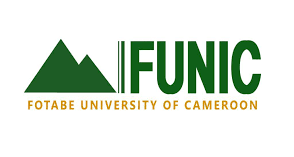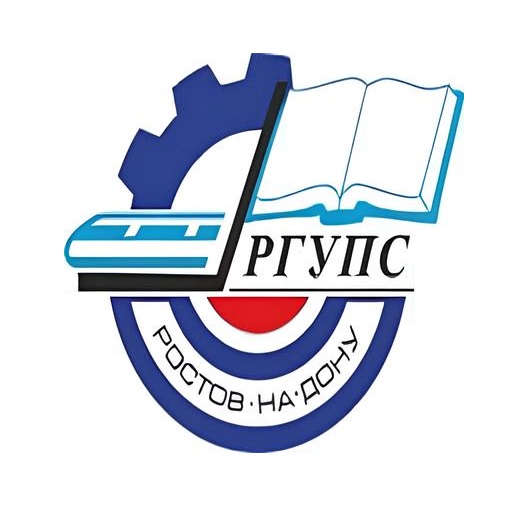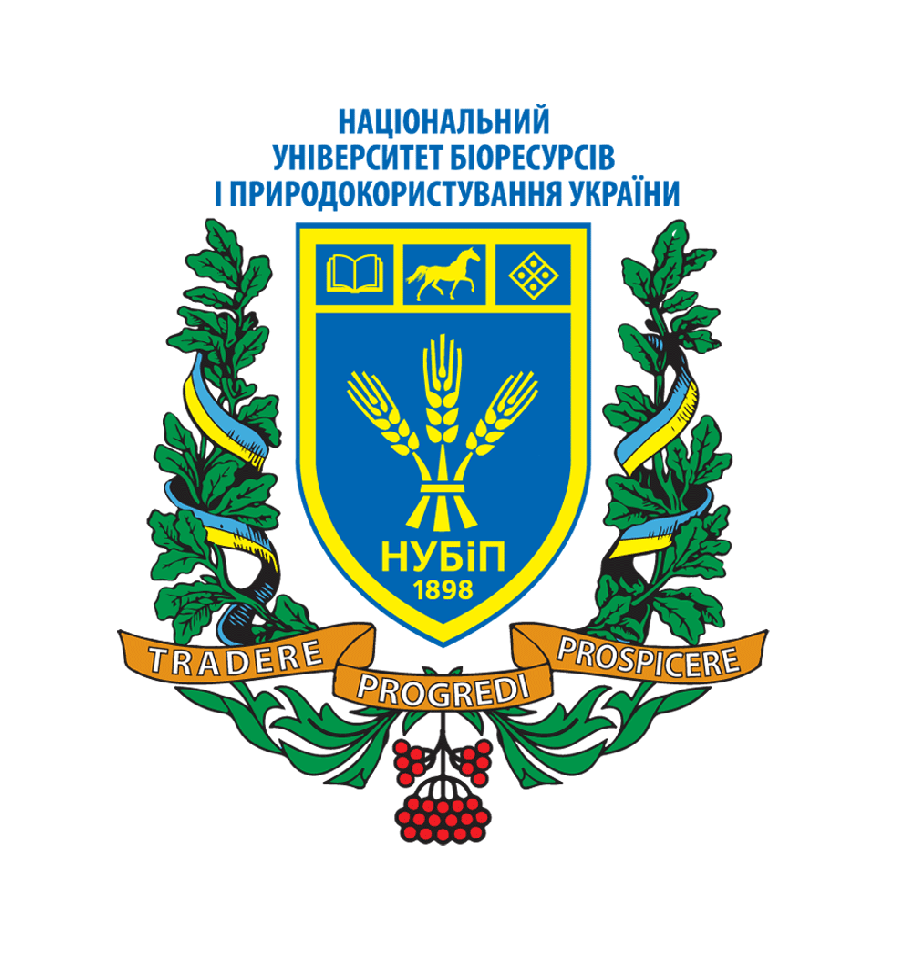Nature and Extent of Women’s Socioeconomic Conflicts along Lake Victoria, Kisumu County, Kenya
Keywords:
Informal Peace Committee, Sex for Fish, Socio Economic Conflicts, WomenAbstract
In recent years, informal peace committees have rapidly made their mark, either as precautionary or as response mechanisms to particular conflicts globally. Their main purpose is to prevent the eruption or escalation of nascent micro-level conflict into violent and more widespread crises. There is an upsurge of women’s socioeconomic conflicts despite the conflict prevention initiatives that have been put forward along Lake Victoria shores. The study objective was to examine the nature and extent of informal peace committees along Lake Victoria Shores, Kisumu County. The study was anchored on a conceptual framework and utilised conflict transformation theory and Galtung Peace Theory. The study adopted a descriptive research design. The study was conducted in Kisumu County. The study used both probability and non-probability sampling techniques. The target population consisted of the following groups of respondents: fishermen and fish traders (3200) from Dunga, Ogal, and Nyamware beaches (men and women), state security officers, 1 county commissioner and county commander (1), sub-county commanders, chiefs (3), assistant chiefs (3), beach managers (3), the county fisheries department (15), victims of socioeconomic conflicts (778), and community members. Findings showed that the magnitude of resource-based conflicts in the area was high. The study also revealed that, despite several challenges faced by informal peace committees, they have demonstrated their ability to prevent the eruption or escalation of nascent micro-level conflict into violent and more widespread women’s socioeconomic conflicts along Lake Victoria shores in Kisumu County, Kenya. Lack of legal and policy framework, lack of funds, and illiteracy are serious challenges affecting informal peace committees. The study concluded that informal peace committees are often small and simple initiatives, yet effective and sustainable.
Published
How to Cite
Issue
Section
Copyright (c) 2023 Sheila Atieno Oyatoh, Kennedy Onkware, Ruth N. Simiyu

This work is licensed under a Creative Commons Attribution-NonCommercial 4.0 International License.
Most read articles by the same author(s)
- Nelson Marwa Sospeter, Kennedy Onkware, Evaluation of Government Programs in Mitigating Drug and Substance Abuse in Kilifi and Mombasa Counties, Kenya , African Journal of Empirical Research: Vol. 4 No. 2 (2023): Jul-Dec 2023
- Kelly Otieno Opiyo, Prof. Kennedy Onkware, Prof. Crispinous Iteyo, The Challenges and Opportunities facing United Nations Mission and Peace Building Strategies in South Sudan , African Journal of Empirical Research: Vol. 5 No. 3 (2024): Jul-Sep 2024
- Michael Osew Ngachra, Kennedy Onkware, Nature of Reintegration Programmes for Returnee Terrorist Fighters in Mombasa County, Kenya , African Journal of Empirical Research: Vol. 4 No. 2 (2023): Jul-Dec 2023
- Kelly Otieno Opiyo, Prof. Crispinous Iteyo , Prof. Kennedy Onkware, The Nature of the United Nations Peace Mission in South Sudan , African Journal of Empirical Research: Vol. 5 No. 2 (2024): Apr-Jun 2024
- Dr. Edward Musungu Mugalavai, Dr. Ferdinand M. Nabiswa, Dr. Ruth N. Simiyu, Canon O. Omondi, Factors that Influenced Increase in Teenage Pregnancy of Girls Aged between (10-19) years During the Covid-19 Pandemic: A Comparative Study of Kakamega and Bungoma Counties, Kenya , African Journal of Empirical Research: Vol. 6 No. 2 (2025): Apr-Jun 2025
- Zipporah Kerubo Momanyi, Ruth N. Simiyu, Kizito Muchanga, The Impact of Resource Utilization Practices on Inter-Ethnic Conflicts in Nakuru County, Kenya , African Journal of Empirical Research: Vol. 4 No. 2 (2023): Jul-Dec 2023























